Misunderstandings - Program
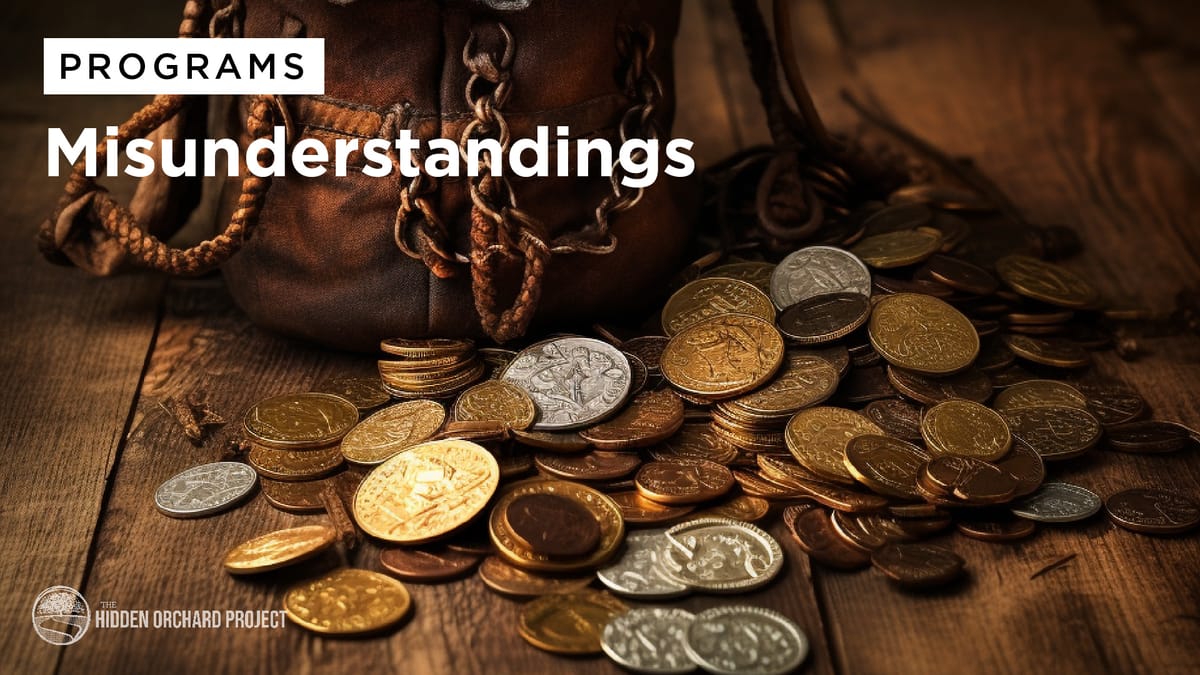
The following articles have been organized to provide insight into some misunderstandings that have shaped how readers interact with the New Testament. Rereading from a Jewish perspective can be transformative, enlightening, and instructive.
As new articles are posted for this topic, this list will be updated, so check back occasionally.
👍 Some articles may require Free Membership or Full Access. Subscribe today!
Part 1 - Foundation
Lost in Translation - The Problems With Sola Scriptura
For some, Sola Scriptura is a cause for celebration, but for others, this doctrine paved the way for some significant problems down the road. How is this doctrine different from the native worldview of Jesus and the Apostolic community?
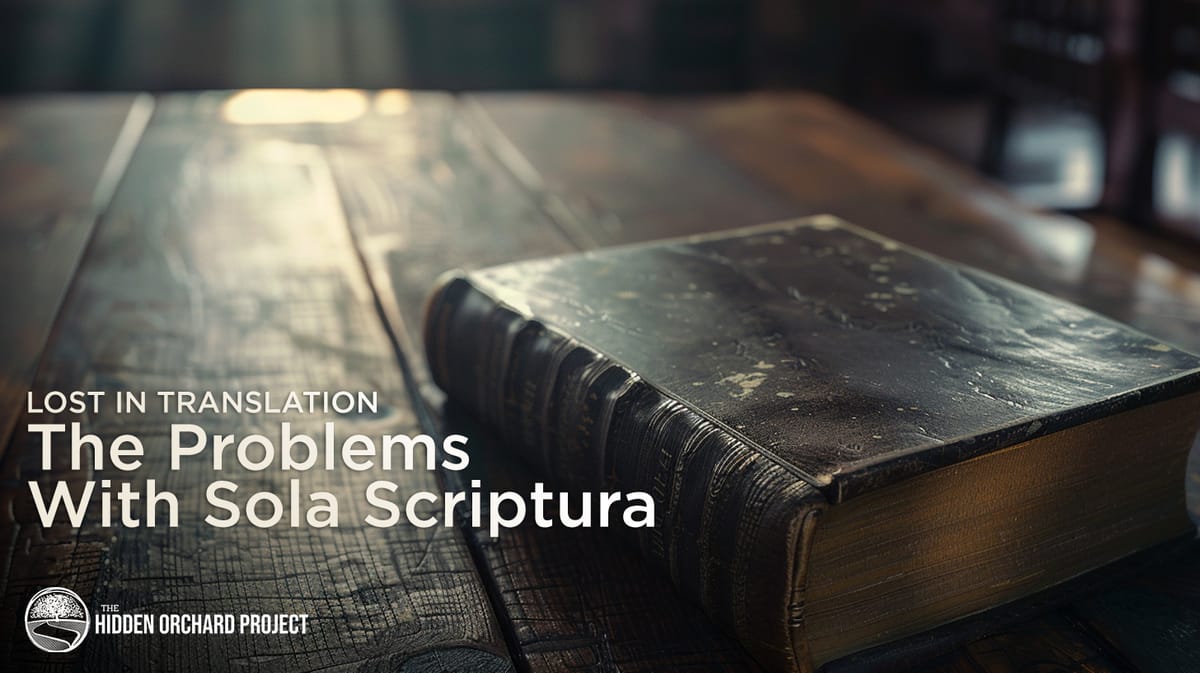
PaRDeS - Jewish Hermeneutics
If you have been around the world of Jewish thought for a while, you might likely already be familiar with the concept represented by the acronym, PaRDeS.

What is Midrash?
Many times, Jesus (aka Yeshua), is recorded telling a story that has its parallel in the midrashic tradition. In truth, it is a brilliant way to connect to established themes and set the stage for the lesson he wants to teach.

Mitzvot and Misconceptions: Understanding the Biblical Commandments
When it comes to understanding the Biblical commandments, it seems the overwhelming majority of Bible readers have developed their perspective solely through the [often polemic] lens of Christian thought. In this work, we’ll take a look at what the Jewish tradition has to say about Mitzvot.
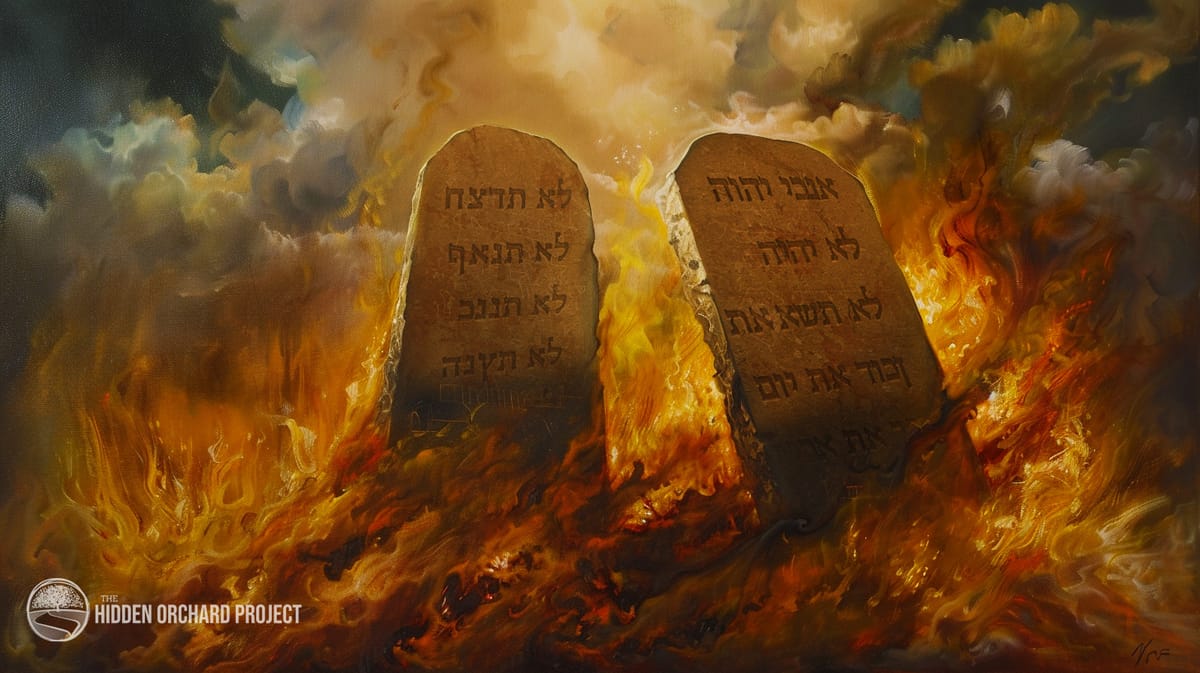
Abolishing the Torah
Often used as a proof-text for the abrogation of the Torah [commandments], in Matthew 5 we see Yeshua citing a well-known Midrash to prove quite the opposite. Despite many modern (popular) interpretations, he forbids his audience from ever thinking of such an idea!

Part 2 - Understanding First-Century Judaism(s)
Pharisees
As a child growing up in the church, admittedly, I had acquired a negative view of the Pharisees. The dark villains of many Sunday school stories and their combative portrayal in the Gospel readings, it seemed the word ‘Pharisee’ was an acceptable form of a curse word. However, I recall

Jesus and the Hasadim
Seeking to understand the historical Jesus is often a difficult task. Every culture seems to have adopted a view of him that mirrors their own context, or a projection of their own values and worldview.
In this article, scholar Shmuel Safray lays out a strong case for…

The Missing Context of the New Testament - pt. 1
One of the most important components to understanding the “New Testament” is found amid an incident that most Bible readers have never heard of. We’ll learn how a particular disagreement between predominant Pharisaic schools shaped the contours and the perplexing milieu of first-century Judaism.

The Missing Context of the New Testament - pt. 2
As part of the greater Jewish community, the Apostolic leaders struggled with these particular issues more acutely. The sudden influx of Gentiles leaving paganism to join the diasporic Jewish communities made this a primary issue for them…

Do Everything They Tell You
“The Scribes and the Pharisees sit in Moses’ seat, so you must do and observe everything they tell you to do” - Matthew 23:2 Before We Begin Before we explore these passages, it may be useful to spend a moment to obtain a more accurate understanding of the Pharisees.

Part 3 - Replacement Theology and Antisemitism
A few categories we spend a lot of time combatting are Replacement Theology and Antisemitism. In the following articles, we address misinterpretations that seem to support these errant ideas.
Antisemitism in the New Testament?
Context matters. We hear this often, but seldom recognize the collateral damage of failing to get it right. Centuries of misunderstanding and decontextualized interpretations of the New Testament have fueled, (even endorsed) violence, hatred, and the loss of Jewish life. From the early church father…

Replacement Theology and the Test In Our Time
In our time, the world is being tested. The prophets speak of a time when the nations turn against Israel, and if you read ahead, it does not end well for them. This was largely the case in Europe in the 1930’s and this test has emerged once again in our time.
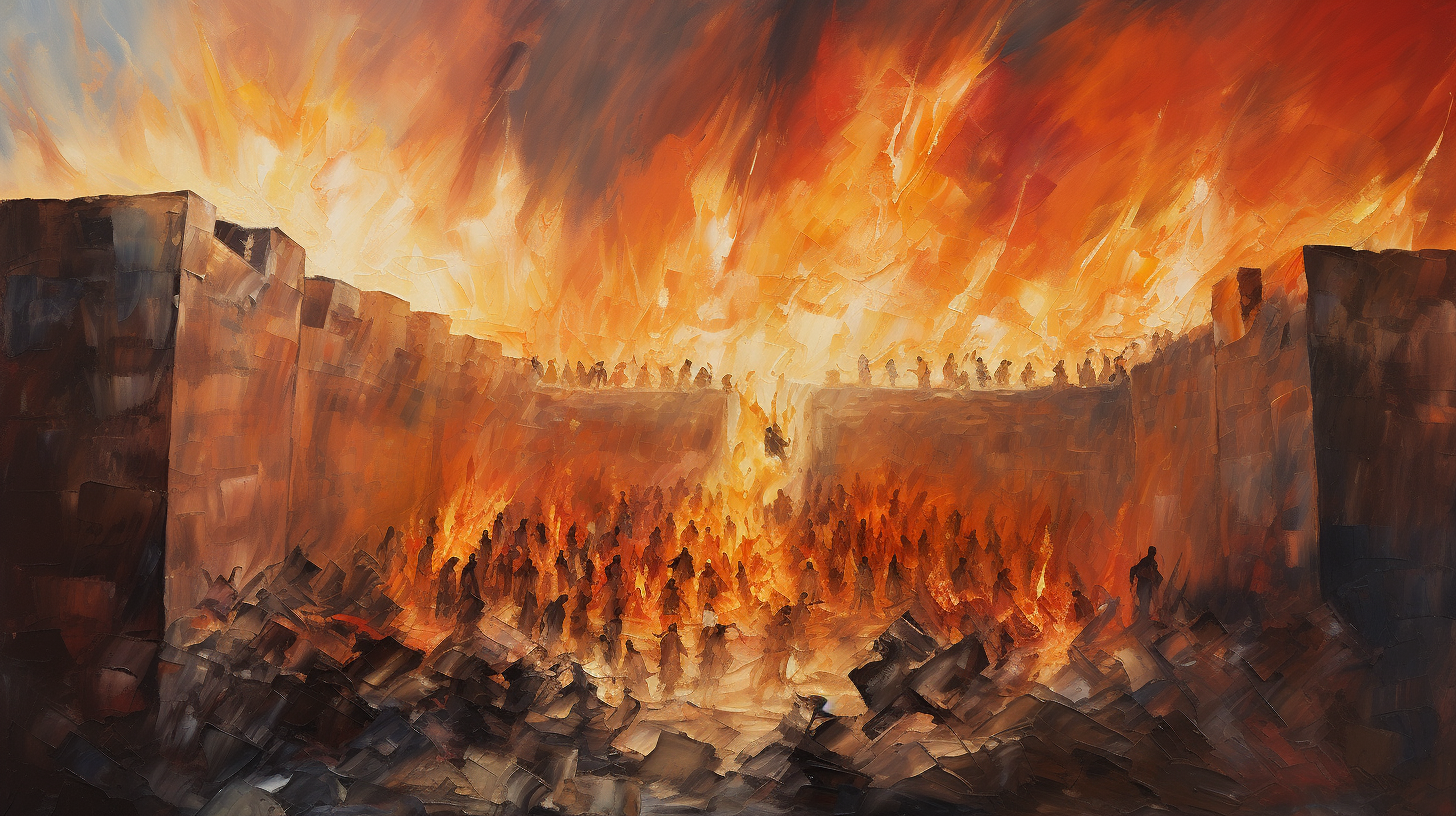
The New Covenant?
One of the key ideas perpetuated through replacement theology, (also known as supercessionism) is taught under the heading of the “New Covenant”. On the surface, this seems innocent enough, perhaps even quite logical, however, when we explore this in-depth, some assumptions are revealed;
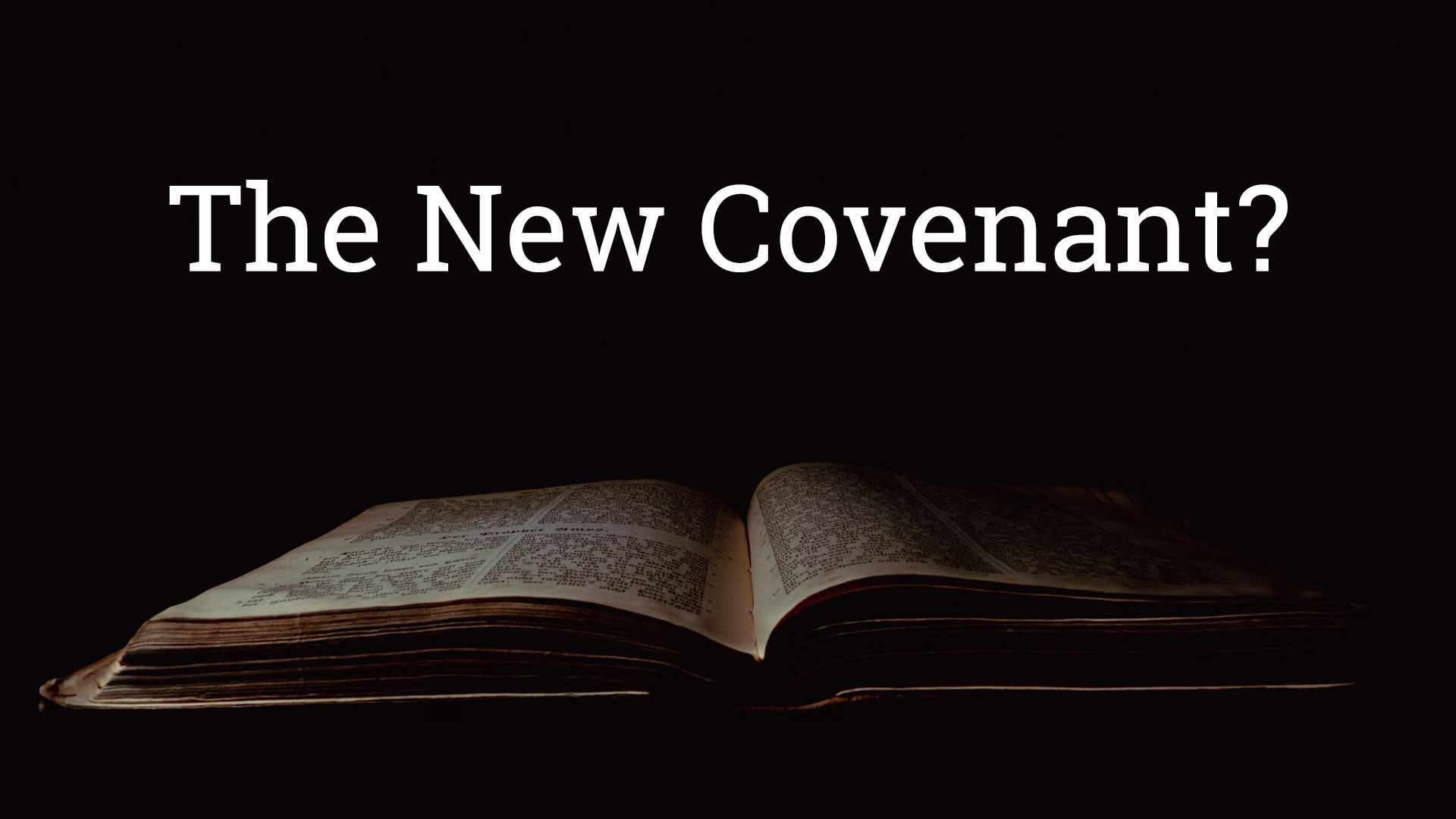
Salvation Part 1: What Does It Mean to be “Saved”
In this short series, we will walk through a high-level history of this term, its usage in the Bible and Rabbinic tradition, and its appearance in Jewish mysticism. We will also seek to understand parallels and divergences between Jewish and Christian traditions.
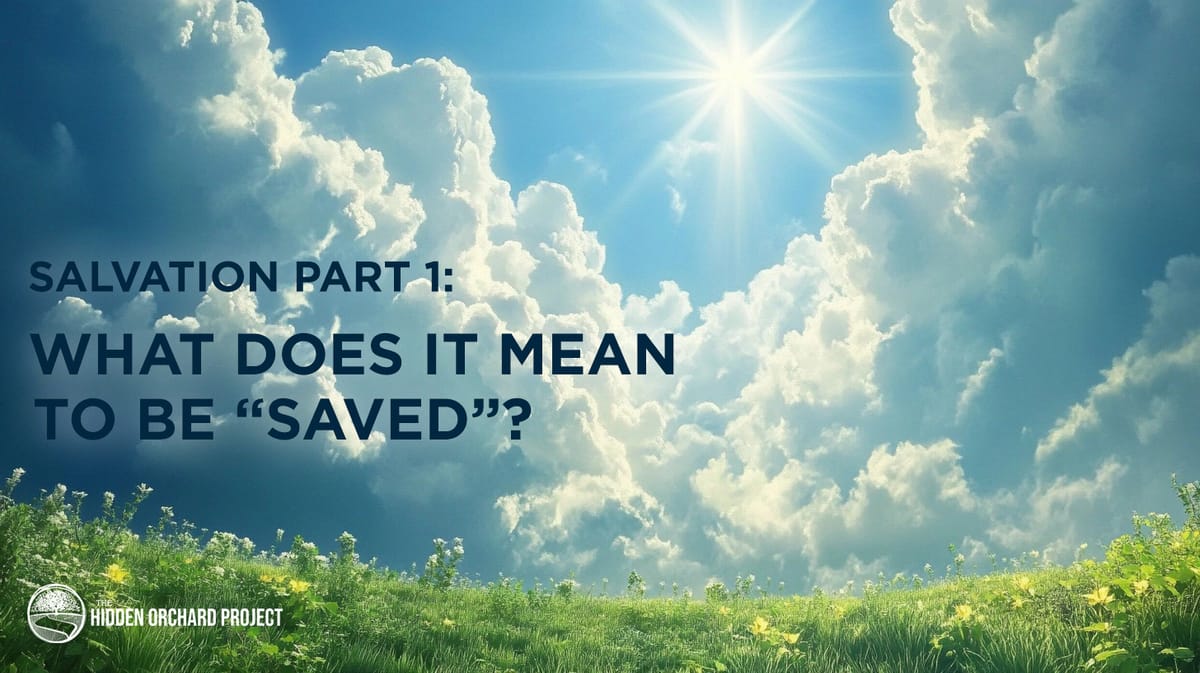
The Divorce of Israel
Did G_D divorce the Jewish people? Has He abandoned any covenantal ties with the people of the promise, or has a misunderstanding occurred?
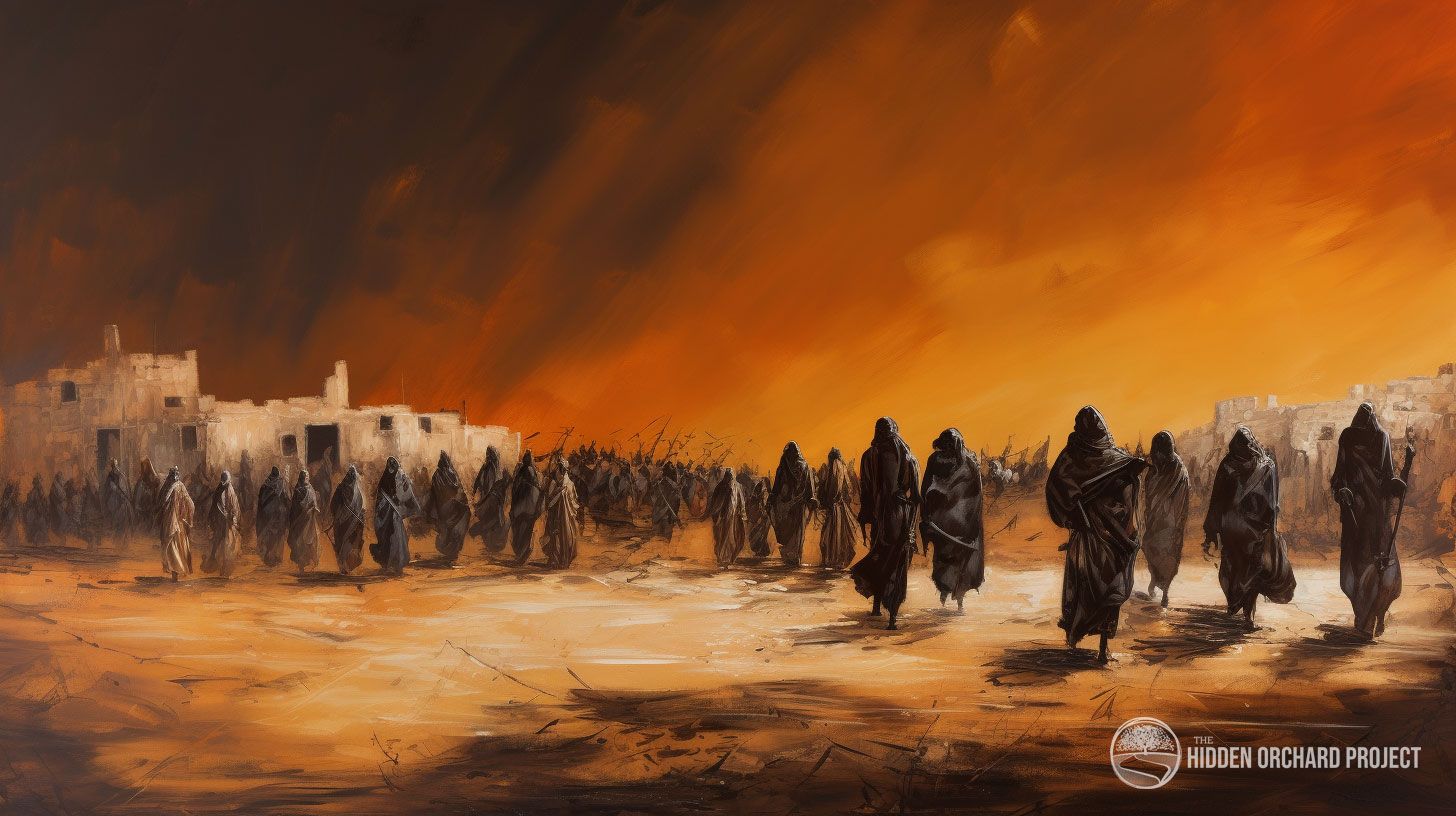
The Children of Hell
“Woe to you, scribes and Pharisees, hypocrites! For you travel across sea and land to make a single proselyte (convert), and when he becomes a proselyte, you make him twice as much a child of hell as yourselves.”- Matthew 23:15

Who Killed Jesus?
There is a perennial tension in the Jewish community that emerges around the time of Easter. In past centuries, the yearly retelling of the “Passion” would spark fiery pogroms and blood libels throughout Europe, as Christians sought to avenge the death of Jesus,

Who Were the Judaizers?
Despite its ubiquitous usage in the church, the word “Judaizer” is only found once in the New Testament, in Galatians 2:14. In its broadest sense, a “Judaizer” is a pejorative label given to someone who influences others to observe some form of Jewish religious lifestyle.
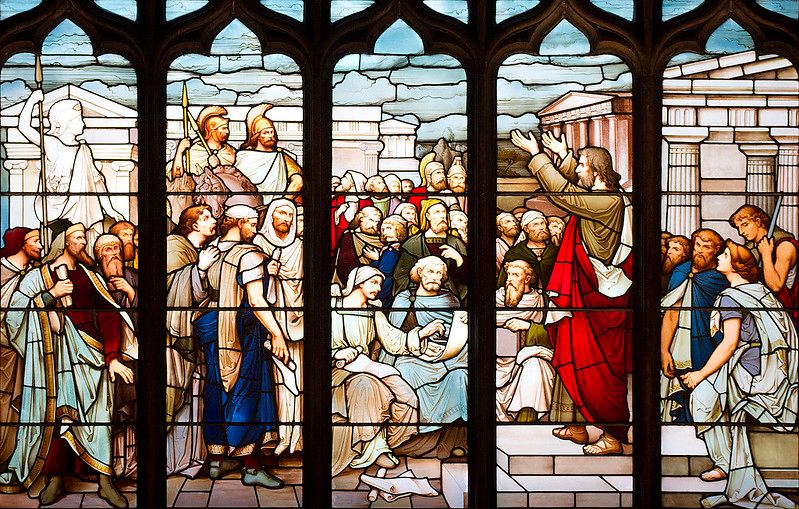
Misunderstanding Paul’s Message in Romans 11
Having grown up in the Catholic church, and having worked on staff at a Protestant church, I cannot recall ever being taught Romans 11 in-depth. Perhaps this chapter presents a challenge to many prevailing theological traditions and is subsequently avoided. This being the case, we will uncover a few…

Who Is the “New Man” in Ephesians?
Throughout the Epistles of Paul, he makes frequent references to the Midrashic traditions regarding Adam HaRishon, the first Adam. As is the case for many Torah Jews, this tradition heavily influences Paul’s worldview, both eschatologically and practically.

Part 4 - Debunking Anti-Torah Interpretations
“Where Does the Bible Say That?” Understanding Scripture and “Inspired” Writings
“If it’s not in the Bible, it’s not authoritative.” “The rabbis rejected Jesus—why should we listen to them?” What did Paul mean when he said all scripture is inspired, or G_D-breathed?
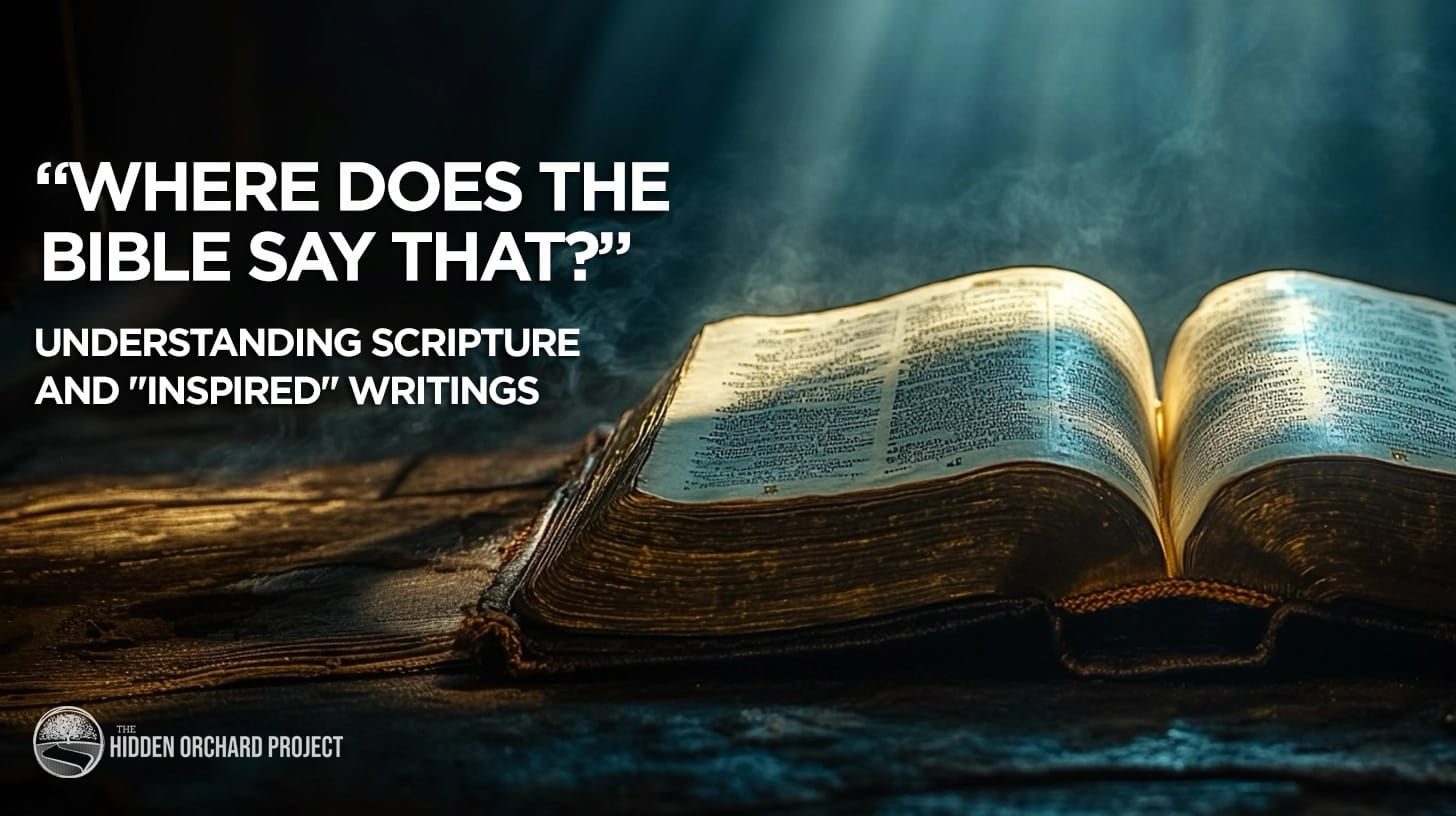
Under Grace, Under the Law, and Under Sin
Of the most problematic ideas attributed to Paul is his teaching that Grace supersedes or replaces the Torah and commandments. This has led to an abandonment - and often vilification - of the commandments, which are a critical aspect of Biblical spiritual development.
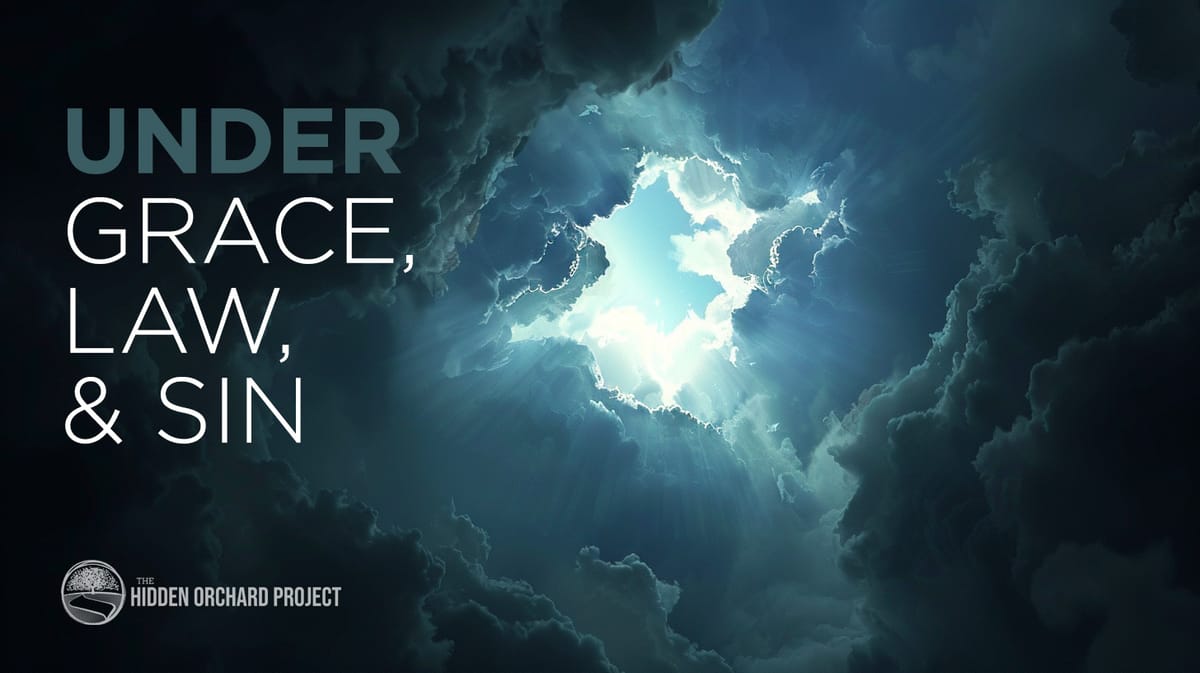
Was Paul the First Christian Convert?
Is this a trick question? Of course, Paul converted, right? The chapter heading says so, and his name was changed to Saul, wasn’t it?
For those familiar with the complexities of sectarian first-century Judaism, this assumption begins to face some difficulties.
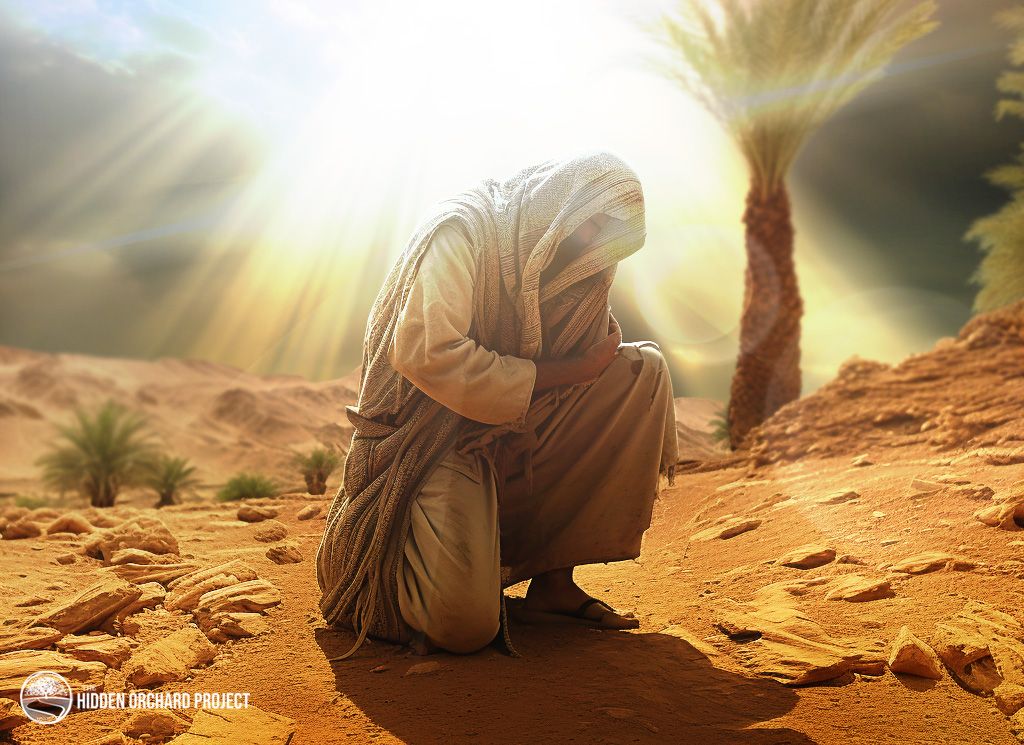
New Wine in Old Wineskins
At first glance, the popular interpretation of these passages has become so entrenched, the heading of this section is called, “The Superiority of the New”. The translators are preemptively telling us that what is “new” is better.

But You Are Not To Be Called “Rabbi”
From a literalist read of the Gospels, it appears that Jesus gives a clear prohibition against the use of religious titles, in particular, the title of “Rabbi”.

The Cursing of the Fig Tree
There is a bizarre story that seems to be out of place in the hagiographical flow of the Gospels. It is the story in which Jesus takes his vengeance out upon a random fig tree on the side of the road. This story concludes with many rightfully scratching their heads,

The Torn Veil
“And the curtain of the temple was torn in two, from top to bottom. And when the centurion, who stood facing him, saw that in this way he breathed his last, he said, Truly this man was the Son of G_D!” - Mark 15:38-39 Traditional interpretations have often

Part 5 - Deeper Theology
Salvation Part 1: What Does It Mean to be “Saved”?
In this short series, we will walk through a high-level history of this term, its usage in the Bible and Rabbinic tradition, and its appearance in Jewish mysticism. We will also seek to understand parallels and divergences between Jewish and Christian traditions.
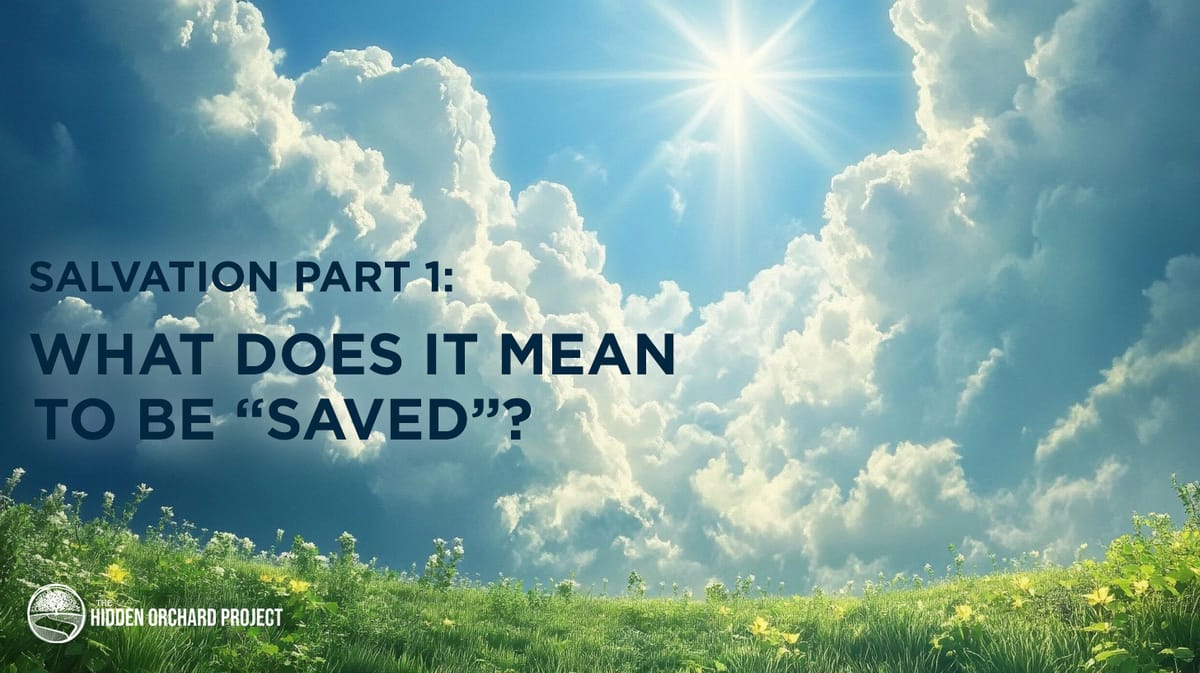
Salvation Part 2: Saved From Hell
In part 2 of this series, we explore the overlap of the ideas about the soul and its journey after death. Is hell eternal, and is there repentance after life?
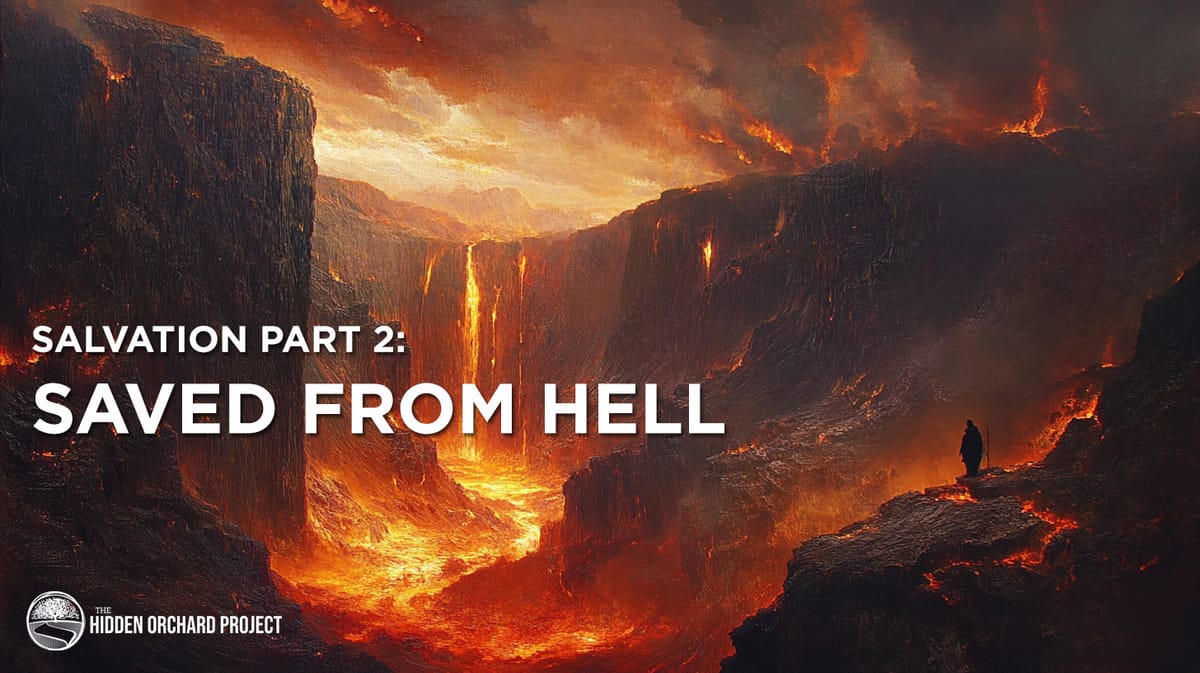
The Misunderstood Torah
The consequence of the sin of the golden calf is that the Torah appears, to most, as simply stories, genealogies, and laws. Subsequently, many perceive the Torah from the opposite angle, fixing their gaze upon the garments.
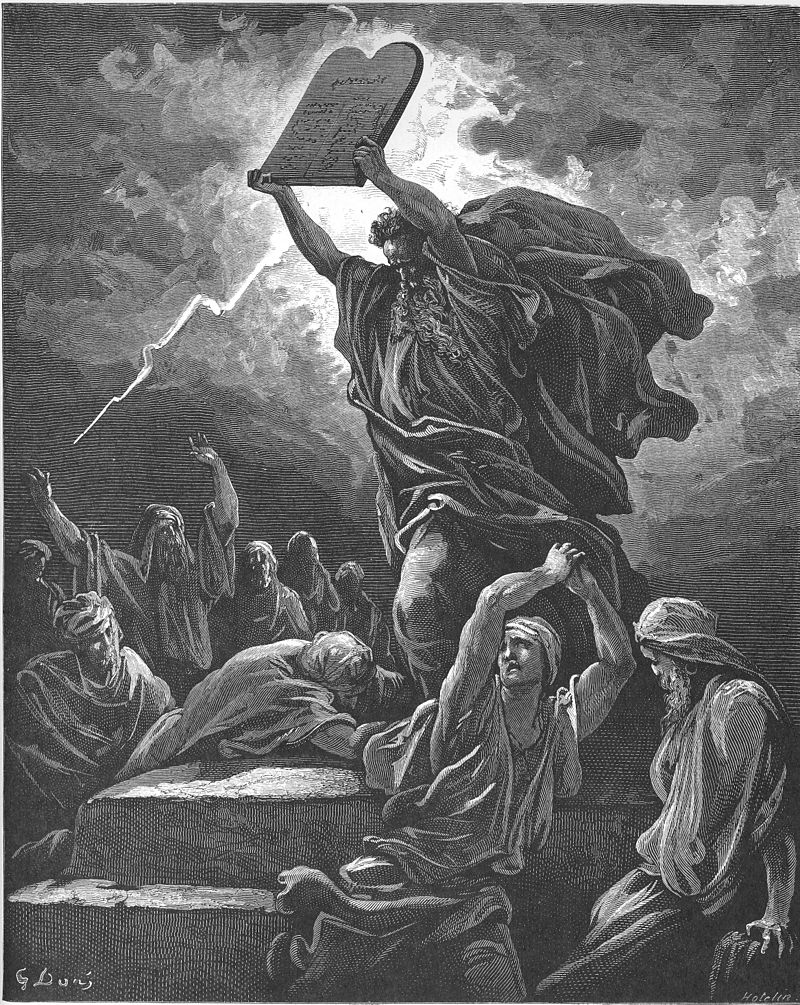
What Does the Bible Say About the Afterlife?
The concept of the afterlife, particularly heaven, and hell, has been the subject of fascination and contemplation across various religious and cultural traditions. But, what does the Bible say about these topics?

What About Jews Who Don’t Believe in Jesus?
When understanding the New Testament, it is important that readers become aware that the focus of much of the texts (ie: the Epistles) are largely dedicated to the messages from Paul to specific groups of gentiles among various communities in the Roman Empire. Often, these were home-based communitie…

Traditions and Commandments
Did Yeshua abolish the dietary laws? Did he also decide that the traditions of men, ie: Judaism, no longer valid in man’s relationship to the Creator? Or are we simply missing something?

Why Can’t Christians and Jews Agree on Isaiah 53?
A recurring theme throughout this website is the push for readers to become aware of the prevalence of Jewish mysticism throughout the New Testament. For many reasons, understanding the texts through this lens will unlock new insights, and correct some






